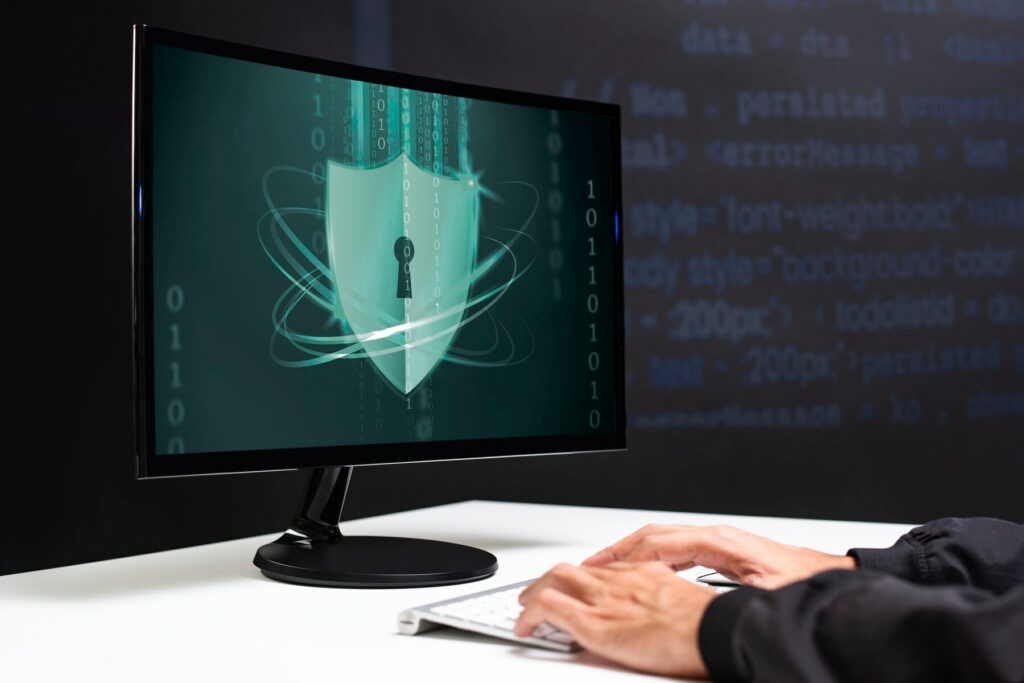As workers start to return to the office, you need to be aware of the security risks of hybrid working. The devices employees bring from home are a potential cyber risk to your business.
Increase security breaches
The shift to a work-from-home environment for business was a cybersecurity nightmare. According to the UK Department for Digital, Culture, Media and Sport, 65% of medium-sized UK firms reported suffering at least one attack or a breach in 2020. Unsecured devices and networks caused this increase in security breaches. Furthermore, people were more vulnerable at home because they couldn’t discuss their worries with others, for example, a suspicious email.
Security risks of hybrid working: unsecured devices and networks
According to Armis, 61% of UK employees use their mobile phones for work, and 44% use home laptops. At the beginning of the pandemic, everyone rushed to maintain business continuity, and people grabbed any family device they had. As a result, people have become used to using multiple devices to work, but some people are not aware of the security risks of hybrid working.
Home devices are often unsecured, and with a surge of people coming back to the office and bringing these devices, your corporate network could be at risk.
On the other hand, some companies provide company devices and laptops to their remote workers. However, if they are used on an unsecured home network or used for personal reasons, company data could also be at risk.
Roaming salespeople often have to work in a hybrid way. But if they are logging in into free wifi while on the road, your company data could also be at risk. Anyone can set up free unsecured wifi and make it look like a coffee shop wifi. As a result, you need to be aware of the security risks of hybrid working.
The solutions to security risks of hybrid working
Remote Device Management
One of the solutions to this problem is a Remote Device Management system, which allows you to set up machines remotely and install security patches by your IT department. A Remote Device Management system also means you will get notifications for system updates and issues, and you can see all the applications running on any device. As a result, you can be sure that your company devices are secure.
The human aspect
As well as the right technology to prevent cyber attacks, there is a human element to keeping your data secure. Improving Cybersecurity involves managing and educating people and having open conversations. For example, you could conduct cybersecurity training on their return to the office, even if they’re hybrid working. Or have conversations ensuring employees know about locking screens when they leave their desks or best password practices. Creating a security culture is one of the best ways to keep your network and company data secure.
A proactive security plan for BYOD
It is unrealistic to think employees will not use their home devices or networks to work in a hybrid way. As a result, companies need to set up a proactive security plan for when employees move back to the office to protect company data. Northstar can help you with any cybersecurity and create a robust cyber security plan to move forward. Why not contact us today for your free security audit.




